Sawfish Are Suddenly Dropping Dead, Extinction Imminent
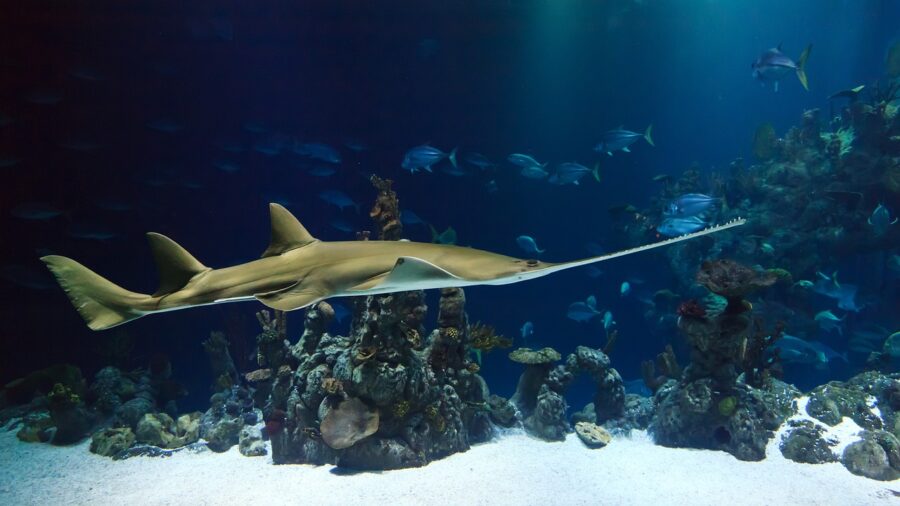
The sawfish, a critically endangered species found in the Lower Keys of Florida, is facing a mysterious and alarming die-off. In recent months, the region has experienced an unprecedented number of sawfish mortalities with 28 confirmed deaths and a further 109 individuals displaying signs of distress. This worrisome event began in late January, around the same time other marine species in the area were also seen in apparent distress. Preliminary suspicions point towards the rising sea temperatures as a potential cause for this catastrophic event.
Getting Solid Numbers Is Tough
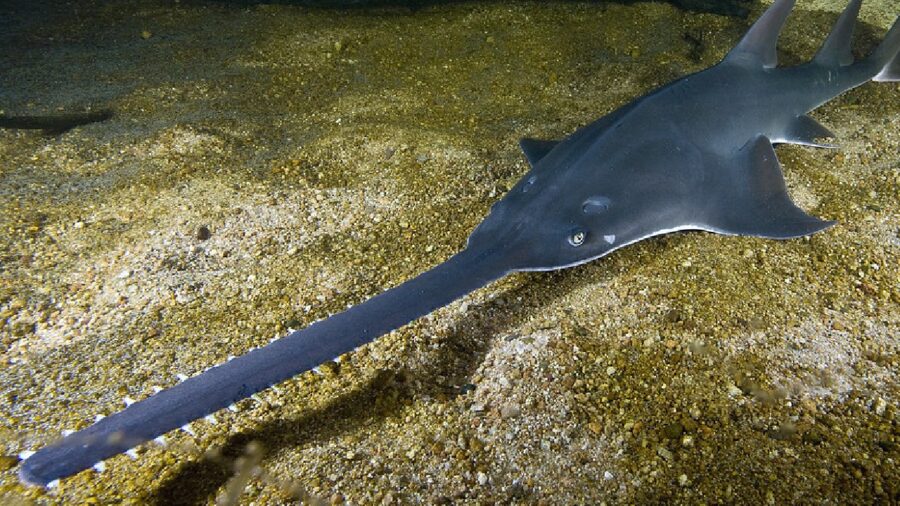
The die-off seems to primarily affect larger sawfish, prompting concerns about the potential impact on the overall population structure. Given that sawfish do not float when they die, it’s challenging to accurately ascertain the total number of fish affected. The current count might just be the tip of the iceberg, suggesting the actual number of fatalities may be higher than what is officially reported.
The Saw Of Sawfish
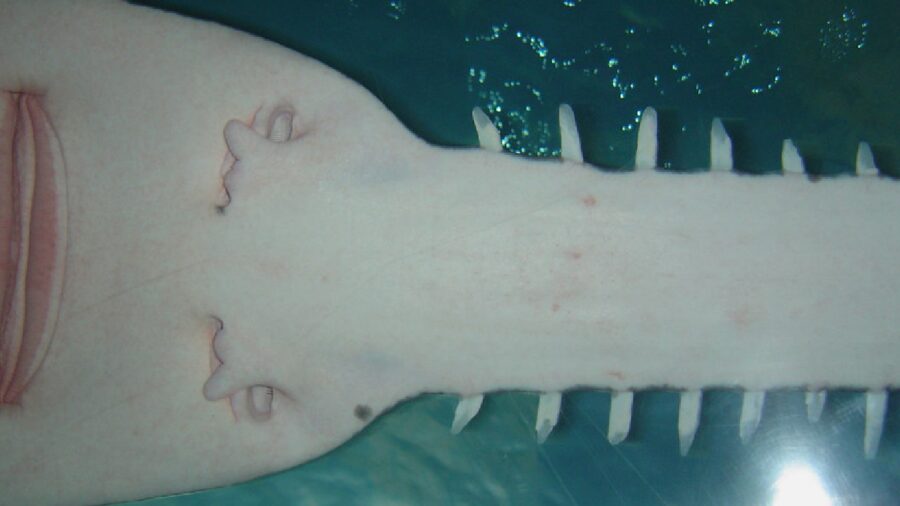
Also known as the carpenter shark, sawfish are actually part of the ray family. Their most distinct feature is certainly their long, flat snout lined with sharp teeth – reminiscent of a saw, hence their name.
Sawfish Breeding
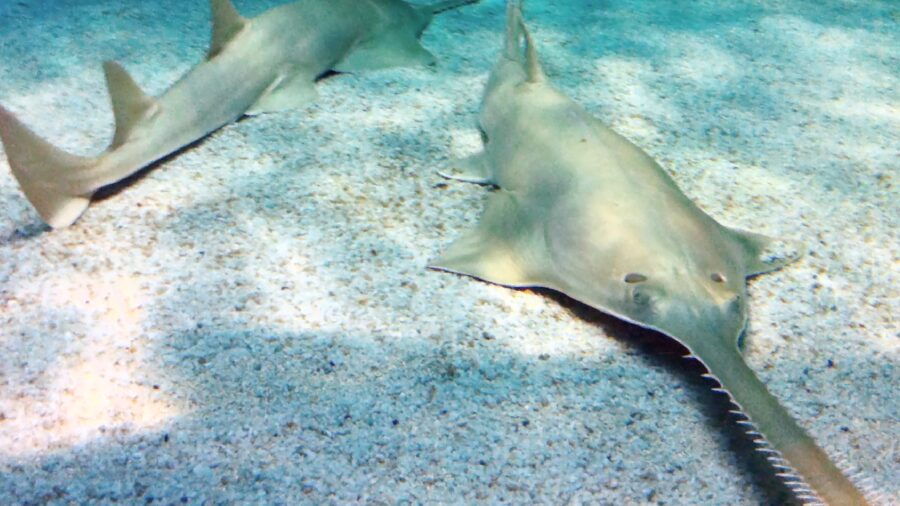
Sawfish follow a unique breeding process known as ovoviviparous reproduction. The embryos develop and draw nourishment from a yolk sac within the mother’s body, culminating in the live birth of anywhere between one and twenty pups following a gestation period of roughly nine to twelve months.
Sawfish Hunting
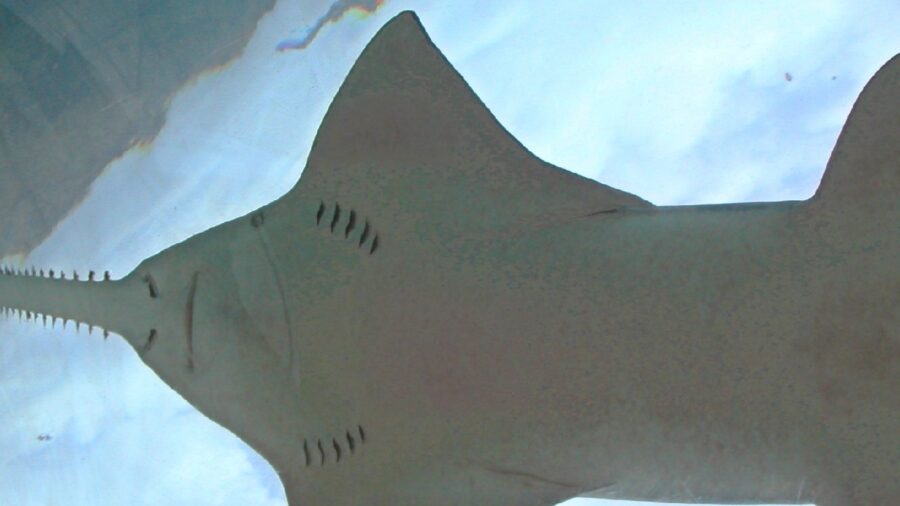
Throughout history, sawfish have been widely hunted for different reasons. Their distinctive saw-like rostrum has become a highly prized trophy and ornamental piece while their fins have been harvested for the shark fin trade. Consequently, their numbers have dramatically dwindled, and they are considered critically endangered or even extinct in many parts of their range. Today, they are predominantly found in Northern Australia and Florida only.
The suspected link between rising sea temperatures and the sawfish die-off has been further complicated by climate change. With climbing global temperatures, the Lower Keys of Florida were subjected to a damaging summer heat wave that drastically increased water temperatures. This environmental shift resulted in events like coral bleaching and deaths among other marine species, such as starfish and jellyfish. The broader implications of these happenings on the ecosystem are deeply concerning, especially for vulnerable species like the sawfish.
Rehabilitation Efforts
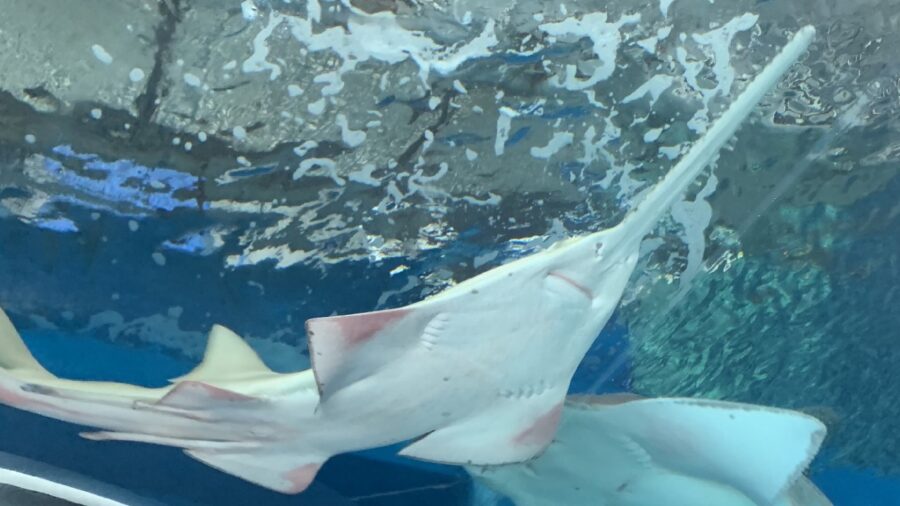
In a bid to prevent the extinction, rescue and rehabilitation programs have been launched by federal wildlife officials in collaboration with various organizations. The aim of these programs is to capture distressed sawfish, provide them with necessary medical treatment, and return them to the wild when healthy. Involved in this effort are institutions like the National Oceanic and Atmospheric Administration (NOAA), Florida Fish and Wildlife Conservation Commission (FWC), and various marine research institutions. Their goal is to uncover the root cause of the sawfish die-off and devise effective strategies to nurse the afflicted sawfish back to health.
Rehabilitation efforts face unique challenges due to the large size of sawfish and their underwater habitat. The public is now being called upon to aid in these efforts, with the establishment of a dedicated sawfish hotline for reporting sightings or signs of distress in sawfish. This collective effort towards rescuing and treating the sawfish underscores the importance of collaborative conservation to circumvent the looming threat of sawfish extinction.












